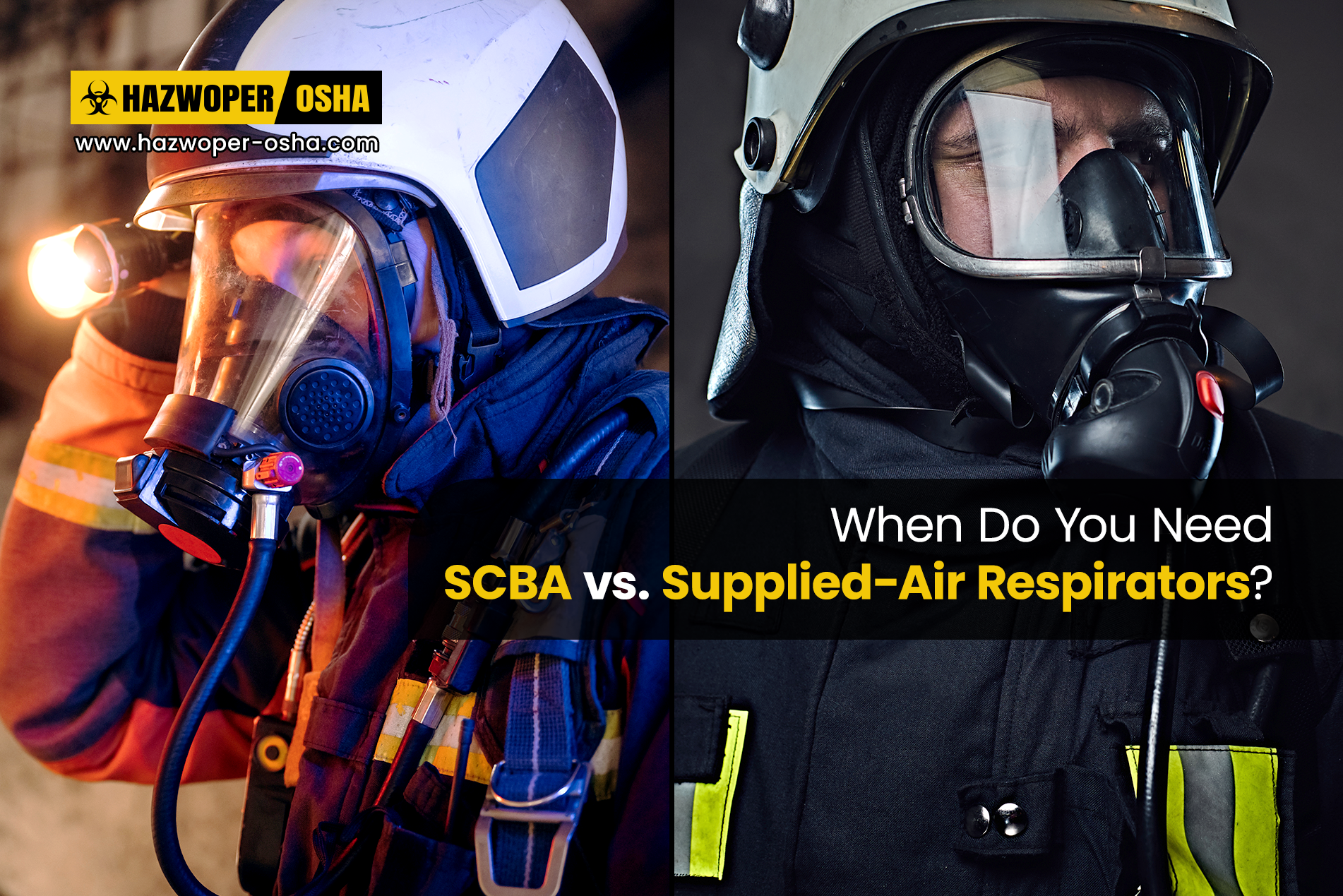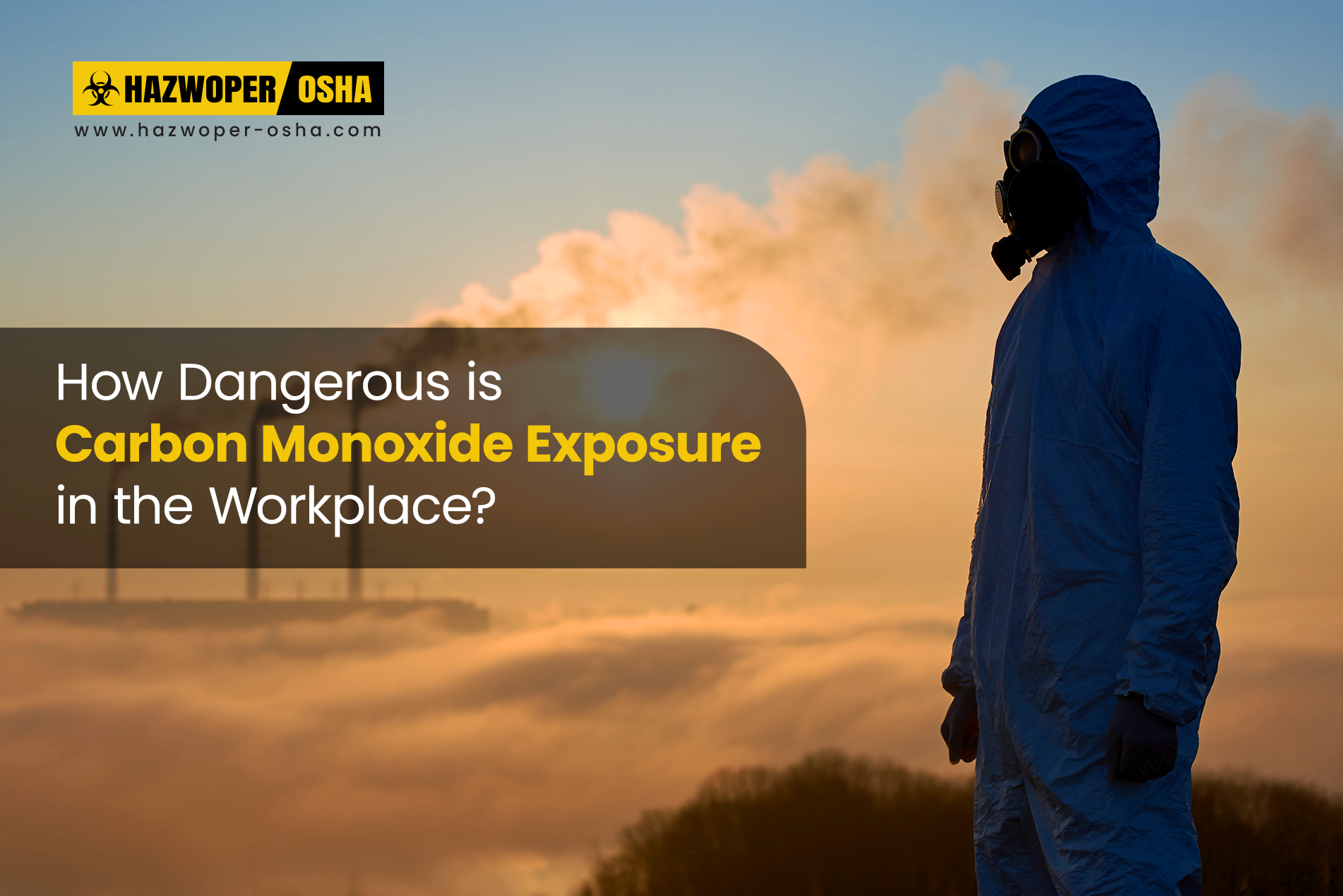Are You Prepared for CBRNE Threats? Understanding PPE Standards That Could Save Lives

CBRNE is an acronym for Chemical, Biological, Radiological, Nuclear, and Explosive materials. CBRNE refers to events characterized by the uncontrolled release of chemical agents, biological agents, and radioactive contamination into the environment or explosions that can cause widespread casualties and mass disruptions within society. CBRNE events may be accidental or acts of terrorism.
CBRNE events pose serious short-term and/or long-term hazards to emergency first responders and members of the general public. To safely and effectively respond to incidents involving CBRNE agents, first responders must be trained to recognize and mitigate the hazards associated with such events. On the same lines' training and awareness for the general public to respond to a CBRNE event is vital.
CBRNE Agents – Brief Overview
1. Chemical Agents include the following:
- Nerve Agents: These consist of a group of very toxic organophosphate chemicals that attack the victim's central nervous system. For example, GA (tabun), GB (sarin), and VX.
- Blister Agents: These chemicals can produce irritated and reddened skin with progression to blisters, swelling, and inflammation of tissues. For example, sulfur mustard, nitrogen mustard, and lewisite.
- Blood Agents or Vesicants: These chemicals make it impossible for the blood to hold and deliver oxygen to various parts of the body. For example, cyanide.
- Choking or Pulmonary Agents: These chemicals attack the lungs and fill them up with fluid, which makes breathing impossible. For example, chlorine gas and phosgene.
- Incapacitating Agents: These chemicals are designed to incapacitate, harass, and force the target to evacuate a particular area. Such agents may lead to vomiting, intolerable pain, and irritation of the skin, eyes, lips, and mucous membranes; yet they are not intended to cause permanent harm or kill the target. For example, tear gas and pepper spray.
2. Biological Agents: These consist of a biologically-derived toxin or pathogen used to inflict lethal or incapacitating causalities. For example, anthrax, plague, ebola, and flu.
3. Radiological Agents: These agents emit ionizing radiation above normal background levels. For example, a "dirty bomb" is an explosive device surrounded by or contaminated with radioactive material.
4. Nuclear Agents: These weapons release a large amount of energy upon explosion and lead to mass casualties, destruction, and radiation poisoning for the survivors.
Selection of Personal Protective Equipment (PPE)
Emergency responders must be provided with appropriate respiratory and dermal protection from a suspect or known chemical, biological, radiological, and nuclear (CBRN) hazards. Appropriate selection of PPE for responders is dependent upon the hazards known or anticipated, and the probable impact of those hazards based on the role of each individual in the response operation.
An appropriate combination of respirator, protective ensemble, and other equipment must be selected based on a conclusive hazard assessment at the scene. To this end, the National Institute for Occupational Safety and Health (NIOSH) has developed performance-appropriate standards and test procedures for several different classes of respirators that will provide respiratory protection from inhalation hazards posed by CBRN agents.
NIOSH CBRN Respiratory Protection Standards
Since 2001, the U.S. Department of Health and Human Services (HHS), Centers for Disease Control and Prevention (CDC), and NIOSH have established performance and design standards for respiratory protective devices (RPDs) to protect against chemical, biological, radiological, and nuclear hazards and toxic industrial chemicals. The driving force behind the development of these standards was the concern of the first responder community that neither industrial nor military respirators met their specific needs. Therefore, NIOSH joined forces with several other federal agencies to provide research and testing to produce the necessary standards for respirators that would be approved as protection against CBRN agents.
NIOSH CBRN respirator standards include standards for open-circuit self-contained breathing apparatus (SCBA), air-purifying respirators (APR), air-purifying escape respirators (APER), and powered air-purifying respirators (PAPR).

Source: National Institute for Occupational Safety and Health (NIOSH)
NIOSH Standard for CBRN SCBA
This standard specifies minimum requirements to determine the effectiveness of open-circuit, positive-pressure self-contained breathing apparatus used during entry into CBRN atmospheres characterized by exposures at or above Immediately Dangerous to Life or Health (IDLH) levels, or entry into unknown atmospheres.
NIOSH Standard for CBRN Full-Facepiece APR
This standard specifies the minimum requirements to determine the effectiveness of full facepiece air-purifying respirators that are used during entry into CBRN atmospheres not Immediately Dangerous to Life or Health. This type provides a lower level of protection than the SCBA and its use is allowed only when conditions are understood and exposures are determined to be below IDLH levels.
NIOSH Standard for CBRN APER
This standard specifies the minimum requirements to determine the effectiveness of air-purifying escape respirators used by the general working population during the escape from terrorist events involving possible CBRN agents.
NIOSH Standard for CBRN PAPR
This standard specifies the minimum requirements to determine the effectiveness of tight-fitting and loose-fitting powered air-purifying respirators used during entry into a CBRN atmosphere not Immediately Dangerous to Life or Health (IDLH). Tight-fitting CBRN PAPRs are designed for use by first responders, and loose-fitting CBRN PAPRs are designed for hospital first receivers.
Case Studies: Real-Life CBRNE Incidents and PPE in Action
Understanding the real-world impact of CBRNE events reinforces the critical need for proper training and PPE. For example, during the Tokyo subway sarin attack in 1995, inadequate protection and lack of preparedness led to severe health consequences for first responders. In contrast, well-equipped emergency teams during the 2001 anthrax attacks in the U.S. successfully minimized exposure using NIOSH-approved PPE and strict decontamination protocols. These cases highlight how effective PPE and CBRNE-specific training can mean the difference between safety and disaster.
NPPTL New Approval Criteria
In response to the specific needs of emergency responders, NIOSH continues to develop approval criteria for various additional types of respirators to provide an appropriate level of protection to personnel while performing rescue and recovery operations during HAZMAT incidents and terrorist activities.
NIOSH's National Personal Protective Technology Laboratory (NPPTL) is developing new approval criteria to include CBRN protections for closed-circuit self-contained breathing apparatus (CC-SCBA), supplied-air respirators (SAR), and updated powered air-purifying respirators (PAPR).
NIOSH maintains an online version of the Certified Equipment List. This list is a tool that assists respirator users, safety managers, industrial hygienists, and others to determine if the respirator they are currently using or considering using is NIOSH-certified or not.
Respirators for Use in Occupational Settings
Our OSHA-complaint safety training courses include lessons to enable students to gain a better understanding of the need for respirators in various occupational settings. These safety training courses specify the type of reparatory protection required by workers when exposed to various hazardous materials as relevant.

 EN |
EN |  ES
ES

























































































































